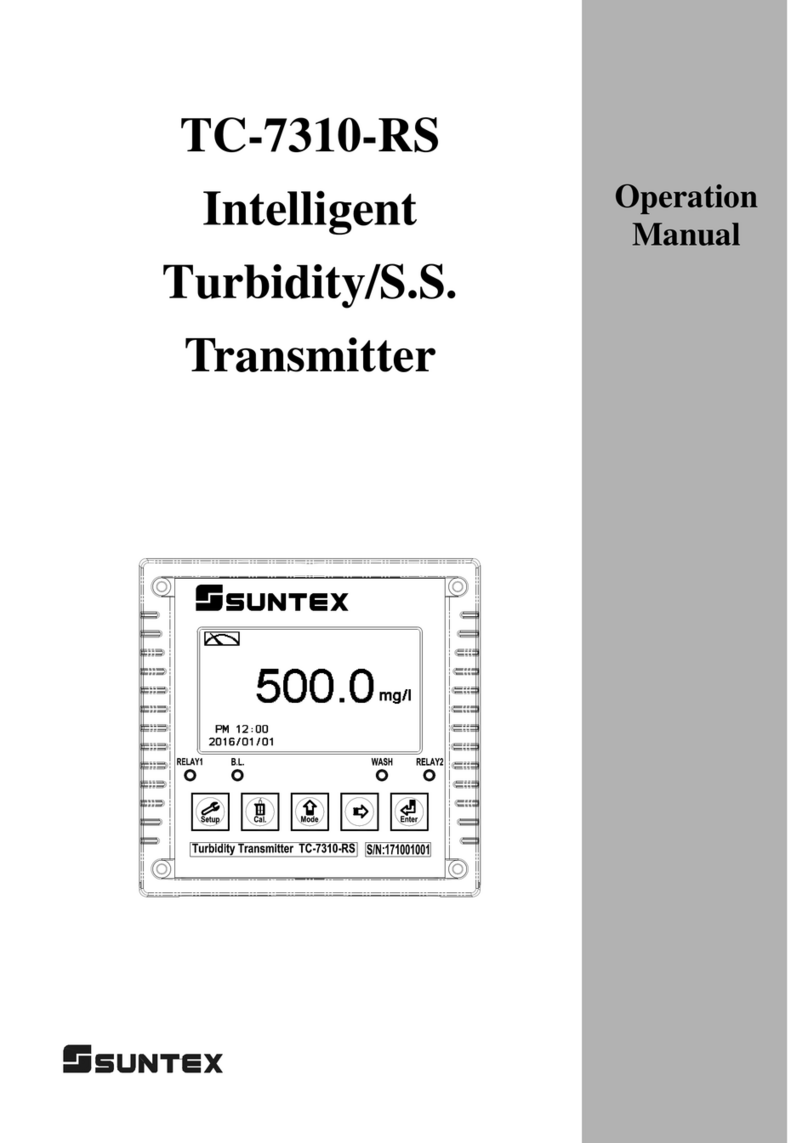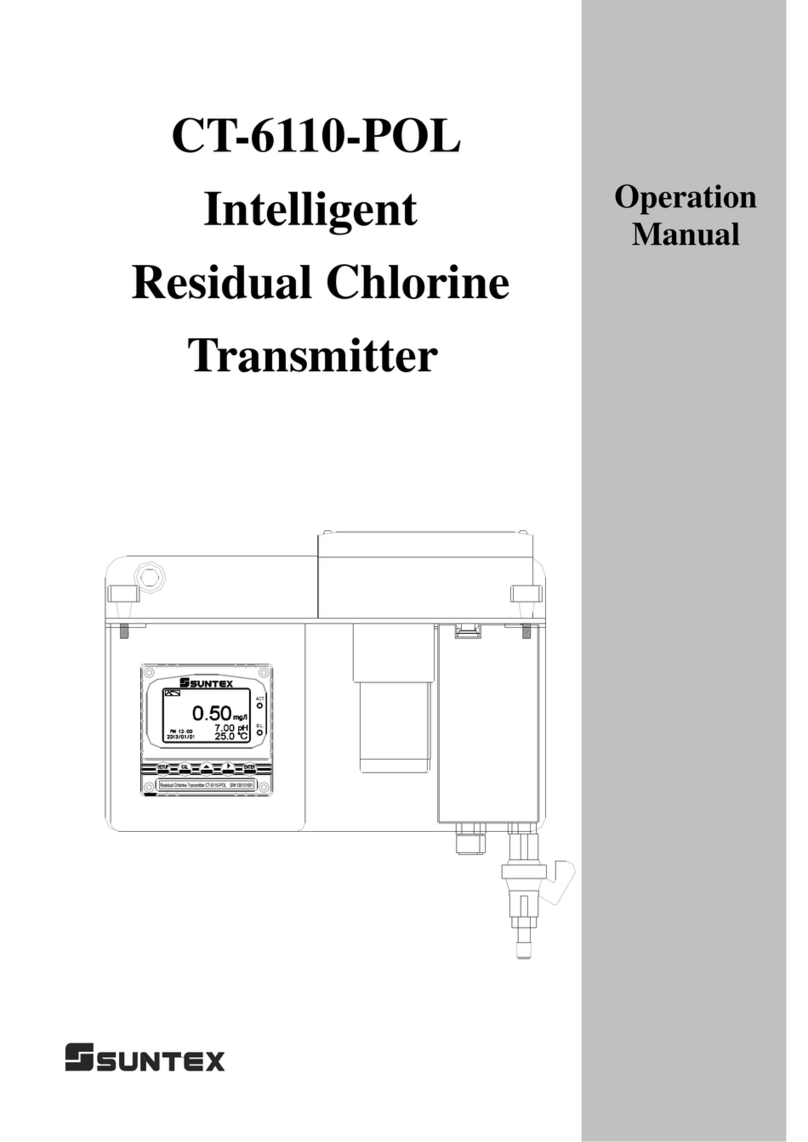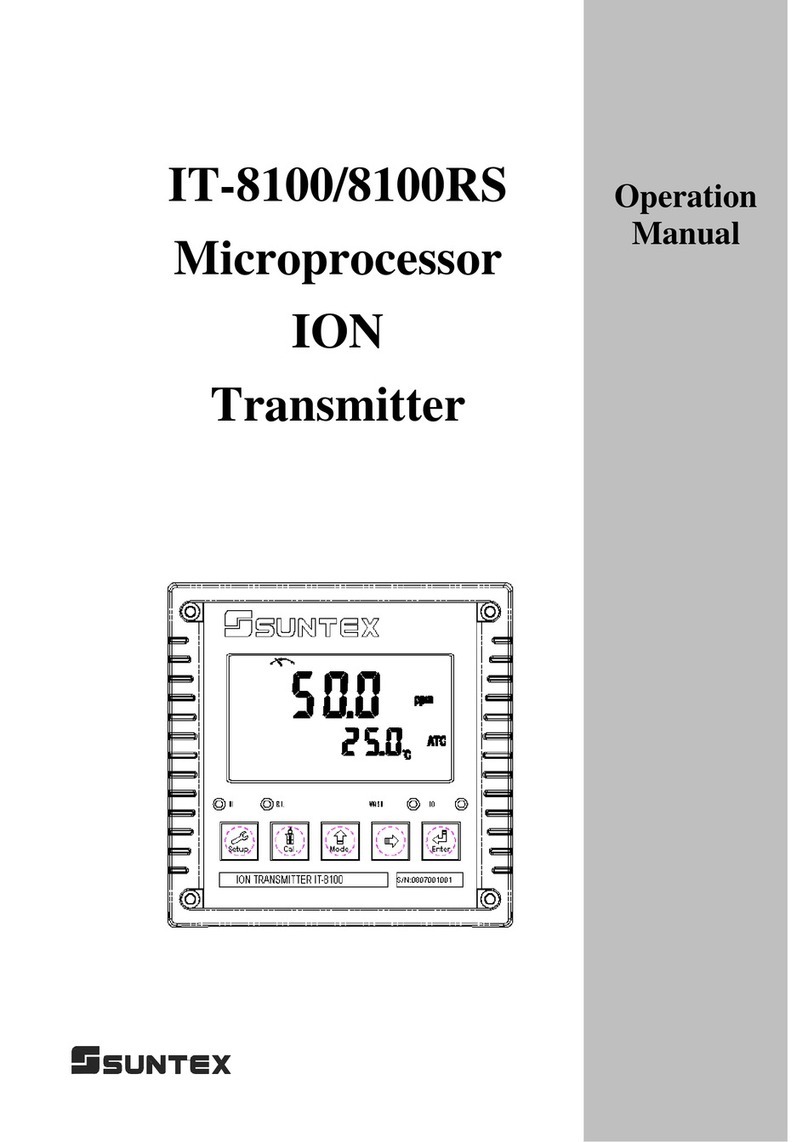Suntex PC-3110-P User manual
Other Suntex Transmitter manuals

Suntex
Suntex TC-7100 User manual

Suntex
Suntex PC-3110-RS User manual
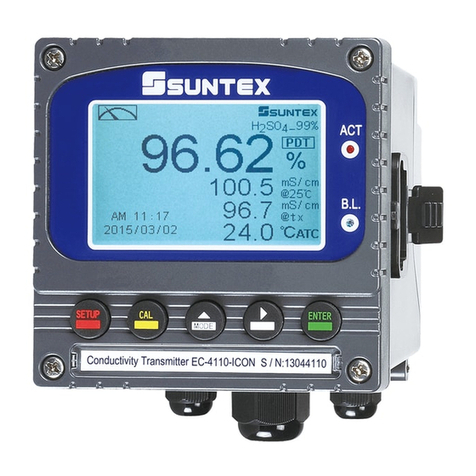
Suntex
Suntex EC-4110-I User manual
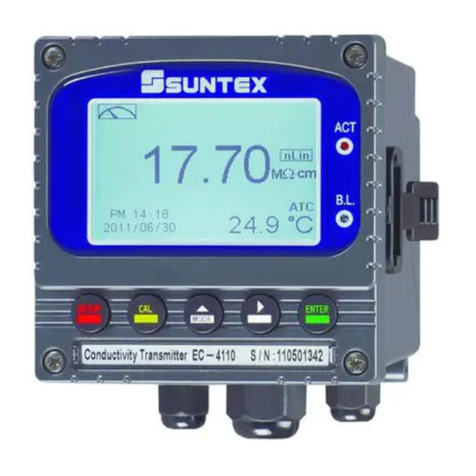
Suntex
Suntex EC-4110 User manual

Suntex
Suntex PC-3310 Installation manual
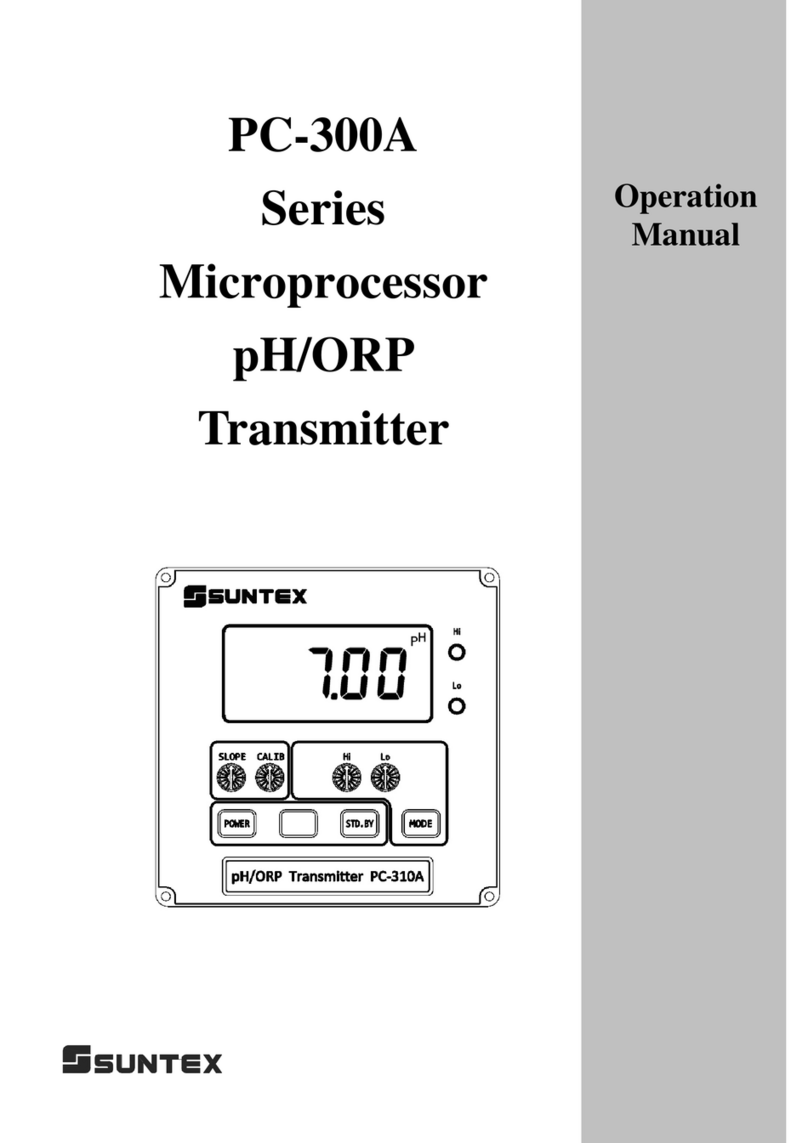
Suntex
Suntex PC-300A Series User manual

Suntex
Suntex CT-6300 User manual

Suntex
Suntex CT-6300RS User manual

Suntex
Suntex PC-3310-RS User manual
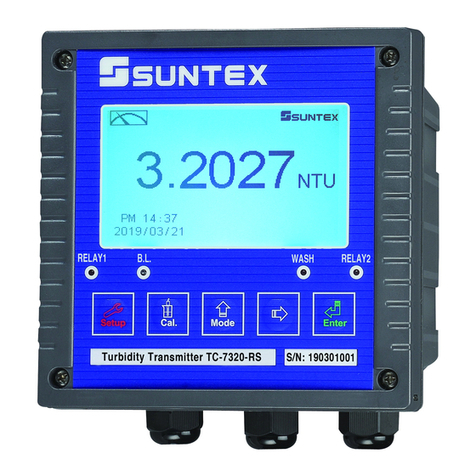
Suntex
Suntex TC-7310-RS-M User manual
Popular Transmitter manuals by other brands

Geo
Geo Web Pack quick start guide

Inovonics
Inovonics EchoStream EN1210W installation instructions

IKONNIK
IKONNIK KA-6 quick start guide

Rohde & Schwarz
Rohde & Schwarz SR8000 Series System manual

Audio Technica
Audio Technica UniPak ATW-T93 Installation and operation

NIVELCO
NIVELCO EasyTREK SCA-300 Series Programming manual
